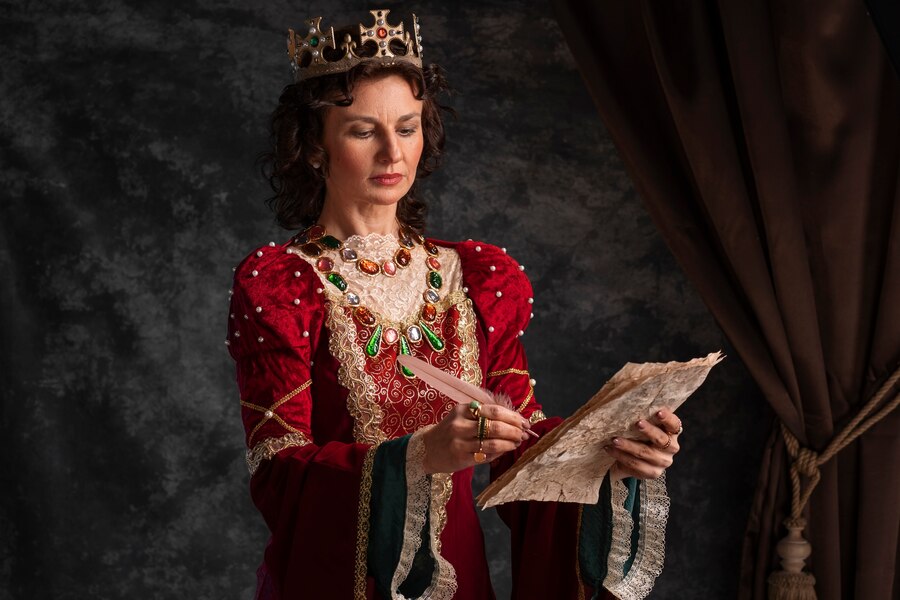Art has always been an unspoken language—a way to communicate and connect across centuries. Among the sea of masterpieces, the 1555 Portrait of Servais Germany stands out as a work that not only captures a moment in time but also offers viewers a glimpse into history, culture, and artistic mastery. This blog will explore the backstory of Servais Germany, analyze the portrait itself, and take you through its preservation and modern-day significance, unraveling why this portrait remains an important cultural artifact.
Who Was Servais Germany?
To truly appreciate the 1555 portrait, we must first understand the man behind it. Servais Germany, often considered one of the most enigmatic artists of the mid-16th century, was not only a painter but also a chronicler of his time. Hailing from a region steeped in Renaissance influences, Germany’s work merged Northern European realism with a hint of Italian idealism—a hallmark of the Renaissance era.
Germany’s Style and Influences
Servais Germany’s style is characterized by meticulous attention to detail, particularly in the rendering of textures, fabrics, and facial expressions. His work often incorporated elements of symbolism, where every object served a purpose, reflecting the societal and personal beliefs of his subjects. Inspired by masters like Albrecht Dürer and Hans Holbein, Germany’s art struck a balance between emotion and technical precision.
Contribution to Art and History
During his lifetime, Germany’s portraits were celebrated as visual biographies, offering unprecedented insights into the lives, aspirations, and social status of his patrons. His works are not merely art; they are documents that preserve history. The 1555 portrait is one of his most iconic works, encapsulating an era where art and identity were deeply intertwined.
Peering into the 1555 Portrait
What makes the 1555 Portrait of Servais Germany so captivating? From the moment your eyes meet the canvas, you’re drawn into layers of intricate craftsmanship, storytelling, and cultural symbolism.
A Description of the Portrait
The portrait features an unidentified man—possibly a merchant or scholar—dressed in elaborately detailed robes, standing against a muted background. His expression conveys a quiet confidence, while his posture adds a sense of authority and realism. Every aspect of the painting, from the gleam of the fabric to the reflection in the subject’s eyes, is executed with exquisite precision.
Symbolism and Hidden Meanings
One of the most fascinating aspects of Servais Germany’s work lies in his use of subtle symbolism. For instance:
- The Book – Held tightly in the subject’s hand, it might represent intellect or scholarly pursuits.
- Jewelry and Fabric – The opulence of the subject’s attire signifies wealth and societal stature.
- Background Elements – While minimal, clues such as painted columns or foliage hint at ideas of enlightenment or connections to the natural world.
Such intricacies invite the viewer to look closer and decode the layers of meaning embedded within the artwork.
Preserving a Masterpiece
Through centuries of wars, revolutions, and societal changes, the 1555 Portrait of Servais Germany has been remarkably well-preserved. But this wasn’t purely a matter of luck—dedicated restoration efforts have played a pivotal role in maintaining its condition.
Restoration and Conservation
Over the years, the portrait has undergone several rounds of professional restoration. These efforts have employed techniques such as cleaning, relining the canvas, and protective varnishing to ensure the longevity of the work. Modern technologies, like ultraviolet imaging and infrared scanning, have further aided in understanding the original composition and colors.
The Legacy of the Portrait
Today, the portrait is more than just a historical artifact—it’s a testament to the enduring power of art. Exhibited in renowned galleries and featured in academic studies, the work has influenced countless artists and historians alike. For contemporary art enthusiasts, it serves as a tangible connection to the thoughts, lives, and artistry of the 16th century.
Drawing Parallels: Portraiture and Photography
While Servais Germany couldn’t have foreseen the invention of photography, there’s an undeniable connection between 16th-century portraiture and modern photographic practices.
Lessons from Renaissance Portraiture
Historical portraits, like the 1555 piece, hold lessons for photographers today. The meticulous focus on lighting, composition, and storytelling mirrors the principles used in professional photography. For instance, many photographers study this era to understand how to guide the viewer’s gaze in an image, just as Germany does with light and color in his portrait.
How Photography Celebrates Historical Art
Interestingly, the digital age has brought new appreciation to works like the 1555 portrait. High-resolution photographs make it possible for audiences worldwide to analyze and admire the artwork without being physically present in a gallery. Photography has also contributed to raising awareness about the importance of art preservation, ensuring that masterpieces like this one continue to inspire future generations.
Why the 1555 Portrait Still Matters
The 1555 Portrait of Servais Germany is more than a painting—it’s a mirror reflecting a rich cultural and historical narrative. It offers us a window into the past while influencing modern-day art and photography. For those who love unraveling the intersection of artistry and history, this portrait is an enduring masterpiece that provides insights, inspiration, and awe.
Explore Further
If this blog has sparked your interest in art history or photography, take the next step and immerse yourself in the world of Renaissance portraiture. Visit your local gallery or explore online archives showcasing works from Servais Germany’s era. Share this blog with friends and encourage them to join the conversation about art’s enduring legacy.


